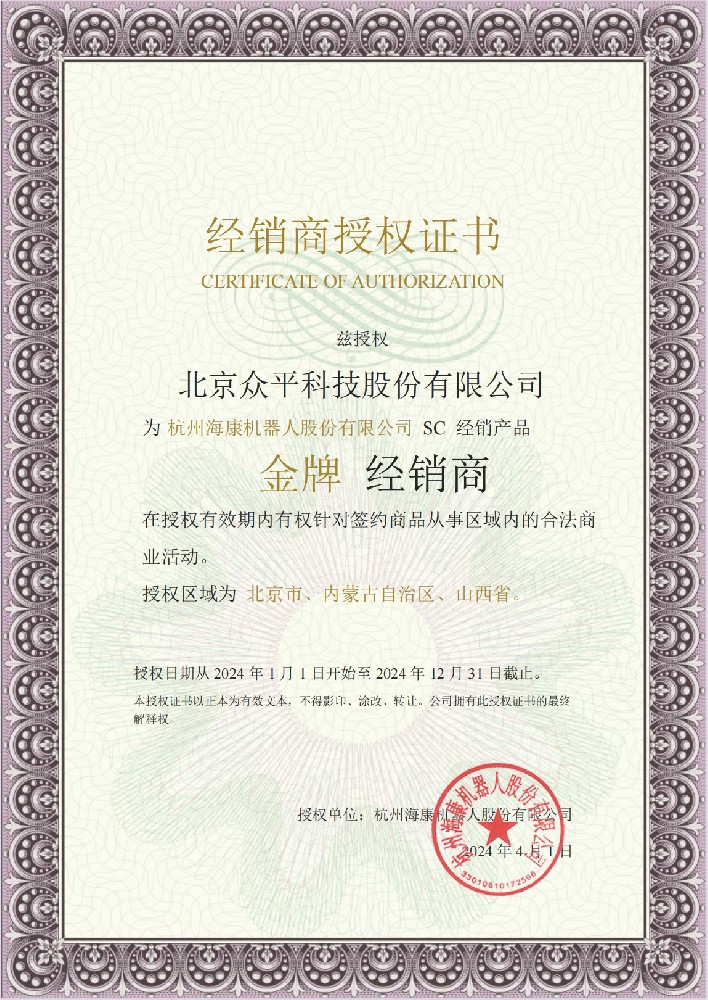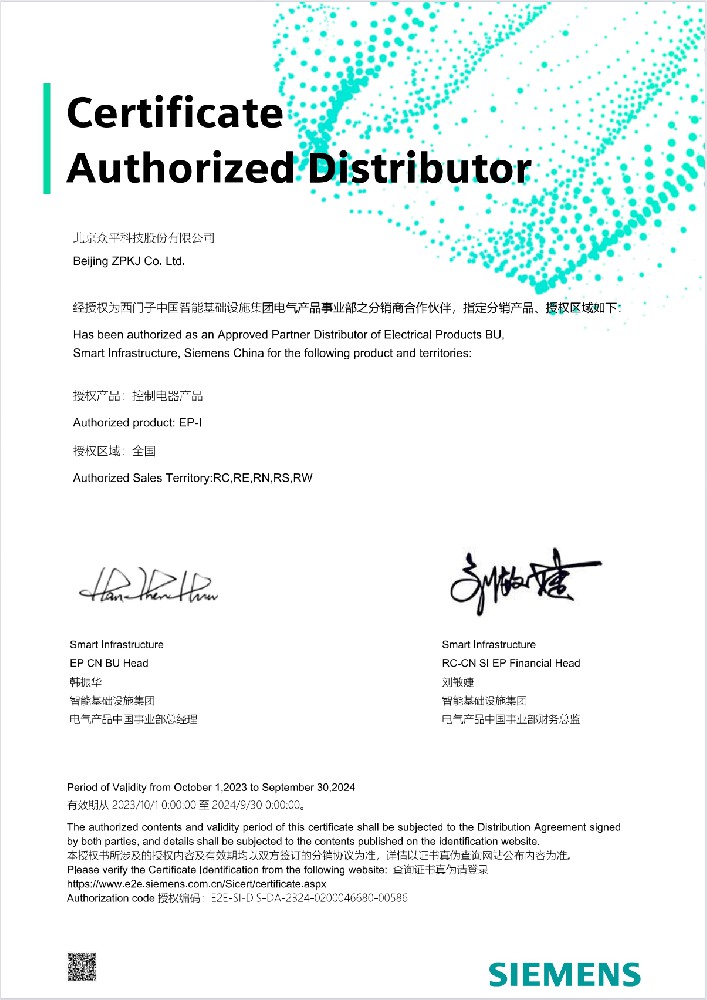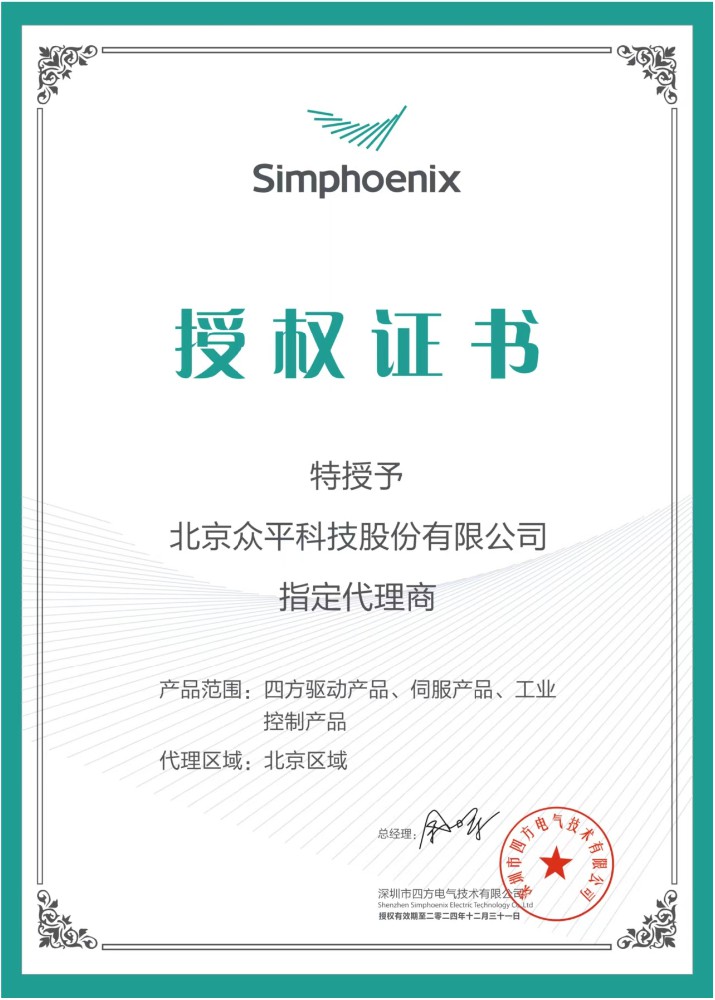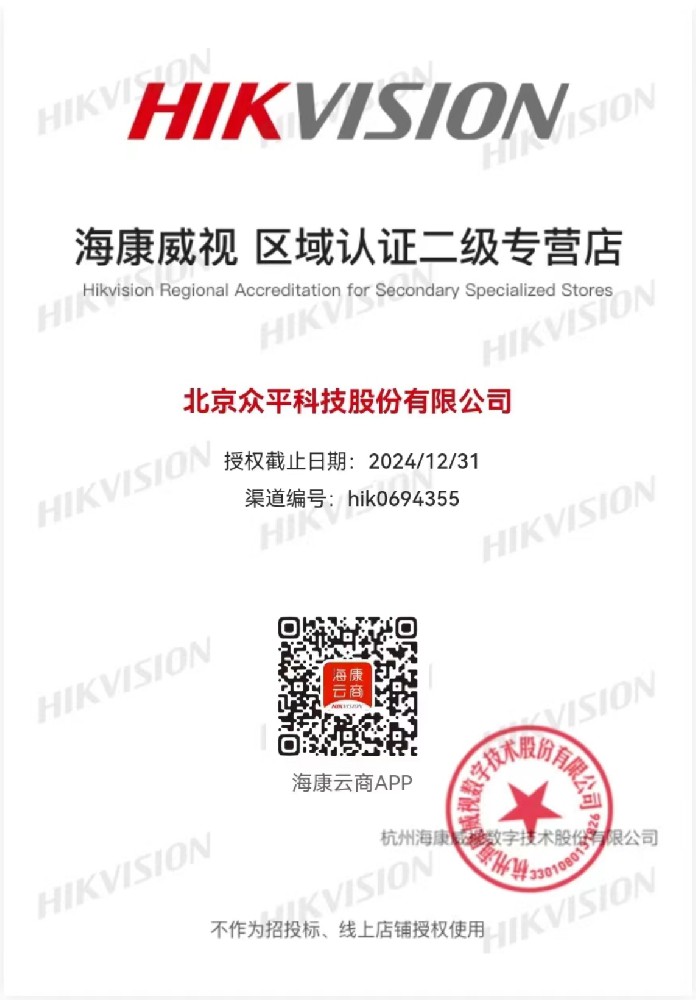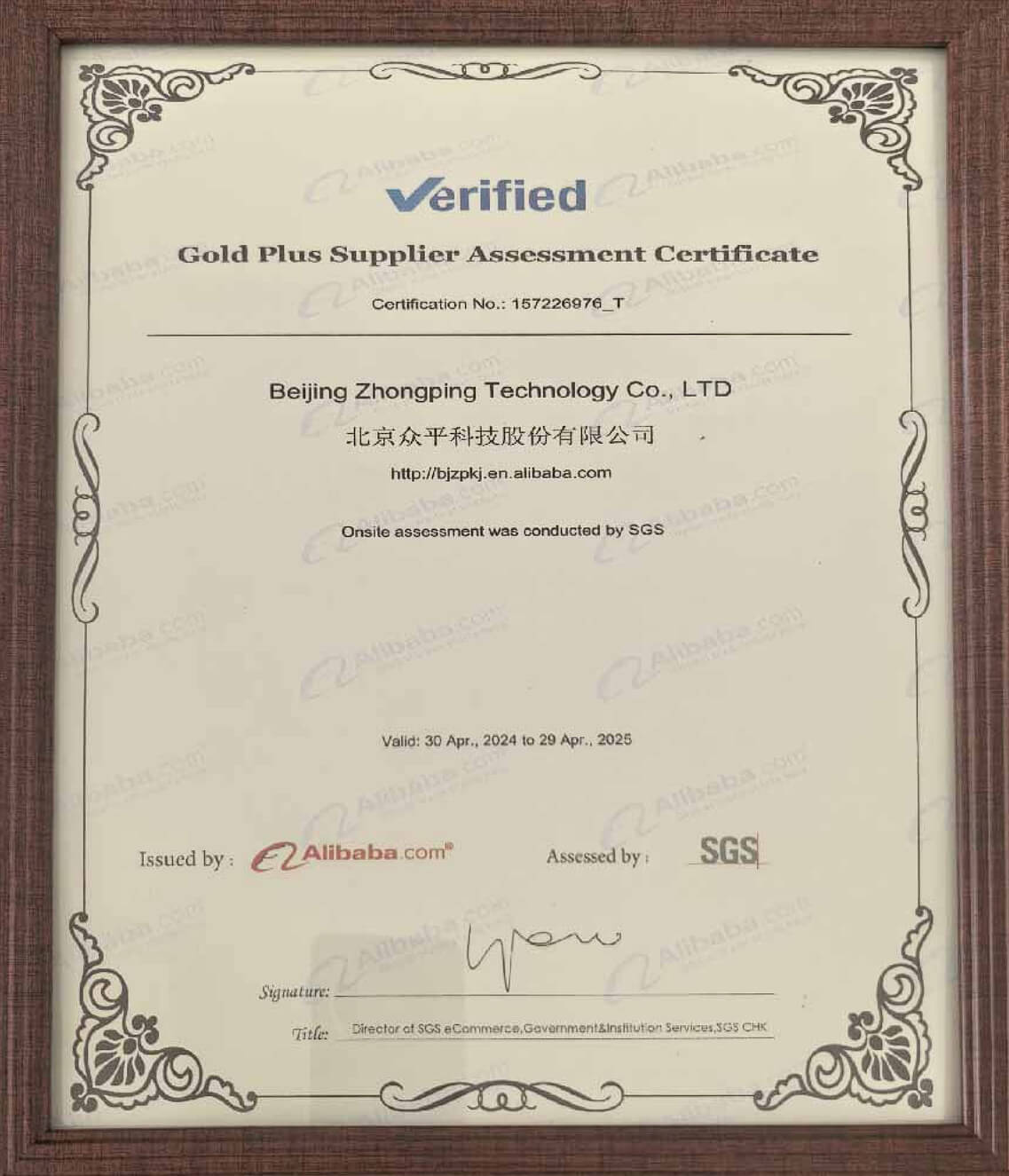The Fuji E1S Series VFDs (Variable Frequency Drives) are high-performance single-phase VFDs introduced by Fuji Electric Motor. With their outstanding energy-saving capabilities and stable operating performance, they are widely used in various industrial automation scenarios. Among them, the FRN1.5E1S-7C model, known for its compact size and powerful features, has become a popular choice in the single-phase VFD market. This article will provide a detailed introduction to the product parameters, characteristics, application scenarios, usage instructions, and precautions of this VFD to help users better understand and utilize Fuji VFDs.
Product Parameters
Rated Power: 1.5kW, suitable for driving small and medium-sized power motors.
Rated Voltage: Single-phase AC220V, compatible with common single-phase power supply environments.
Rated Current: 8.0A, ensuring stable operation under rated load.
Control Modes: Supports both V/F control and sensorless vector control, offering a variety of control strategies.
Frequency Range: 0.5-400Hz, enabling a wide speed control range.
Communication Interface: Standard RS-485 interface, supporting Modbus protocol for easy communication with PLCs, PCs, and other devices.
Protection Functions: Equipped with multiple protection functions such as overload, overheat, overvoltage, and undervoltage protection to ensure safe operation of the equipment.
Environmental Adaptability: Can operate in ambient temperatures ranging from -10°C to +50°C, suitable for various industrial environments.
Product Features
High-Performance CPU: Equipped with a 64MHz high-performance CPU, it can quickly process complex control tasks, enhancing the system's response speed and stability.
High Starting Torque: Capable of achieving a starting torque of over 200%, allowing easy motor startup even under heavy loads.
Simple Positioning Control Function: With the built-in PG card, it can perform simple positioning control, suitable for applications requiring precise control.
No-Trip Operation: Features regeneration avoidance control, preventing tripping due to regenerative energy during deceleration, ensuring continuous operation of the equipment.
Rich Maintenance Functions: Through the LCD display on the control panel, users can monitor the VFD's operating status, input/output signal status in real-time, and record detailed data during tripping for easy troubleshooting and maintenance。
Eco-Friendly Design: Complies with green VFD standards, featuring long service life and low interference, helping to reduce energy consumption and electromagnetic interference.
Application Scenarios
The Fuji E1S Series VFDs are widely used in the following fields:
Conveyor Belt Drives: In logistics and packaging industries, they control the start, stop, and speed regulation of conveyor belts, improving production efficiency and stability.
Fan and Pump Control: In HVAC and water treatment fields, they regulate the speed of fans and pumps to achieve energy savings.
Machining Equipment: Such as machine tools and drilling machines, they precisely control motor speed to improve machining accuracy and product quality。
Doors and Door Drives: In construction and industrial doors, they control the opening and closing speed and position of doors to ensure smooth operation.
Usage Instructions
Installation and Wiring
Installation Environment: Choose a well-ventilated, dust-free, and non-corrosive gas environment. Avoid installing the VFD in high-temperature, high-humidity, or strong electromagnetic interference areas.
Wiring Requirements: Follow the wiring diagram in the product manual strictly to ensure correct connections of power, signal, and motor cables. Use appropriately sized cables for power lines and pay attention to the correct phase sequence.
Grounding Protection: Ensure proper grounding of the equipment, in compliance with national and local electrical safety standards.
Parameter Settings
Basic Parameter Settings: Include motor parameters, control modes, frequency range, etc. For example, for applications requiring high-precision control, sensorless vector control mode can be selected.
Advanced Function Configuration: Such as PID control and multi-speed control, configure according to specific application scenarios to achieve more complex control functions.
Maintenance and Inspection
Regular Inspection: Check the VFD's appearance for damage, dust accumulation on heat sinks, and proper fan operation. Regularly clean the dust from heat sinks and fans to ensure smooth airflow in the cooling system.
Parameter Verification: Periodically verify the VFD's parameter settings to ensure they match the actual application requirements.
Fault Diagnosis: When a fault occurs, promptly check the fault code and troubleshoot according to the fault diagnosis guide in the manual.
Precautions
Environmental Conditions: Avoid using the product in high-temperature, high-humidity, or strong electromagnetic interference environments to prevent performance degradation and reduced lifespan.
Power Requirements: Ensure stable power voltage to avoid damage to the VFD from voltage fluctuations. After power-off, wait for a certain period before re-powering to prevent equipment damage.
Safe Operation: Avoid contact with live parts during operation to ensure operator safety. Disconnect power and wait for capacitor discharge completion before maintenance and inspection.
Frequent Questions and Answers (FAQ)
1.How to Perform Motor Self-Tuning?
Importance of Motor Self-Tuning: Motor self-tuning is a crucial step to ensure compatibility between the Fuji VFD and the motor, enhancing control accuracy and system stability. To start self-tuning, first input the motor's nameplate parameters, including power, rated voltage, rated current, etc.
Precautions During Self-Tuning: During self-tuning, the VFD injects current into the motor. Ensure the motor is correctly connected to the VFD and that the VFD is in a ready state. Also, make sure the motor is stationary to prevent damage during the process.
Post-Tuning Effects: After self-tuning, the VFD automatically adjusts control parameters based on the motor's actual parameters to achieve optimal performance. This improves system response speed and control accuracy, meeting high-precision control requirements.
2.How to Configure the Communication Interface of the FRN1.5E1S-7C VFD?
Communication Interface Type: The FRN1.5E1S-7C VFD features a built-in RS-485 communication interface, supporting the Modbus protocol. Users can configure the interface according to their specific needs.
Communication Line Connection: Ensure correct connection of the communication lines. Use shielded cables and ground the shielding layer properly to minimize electromagnetic interference.
Communication Parameter Settings: Set the VFD's communication address, baud rate, data bits, stop bits, etc., according to the protocol requirements. Ensure consistency with the upper-level device's communication parameters for reliable connections.
3.How to Select the Power Range of the VFD?
Based on Load Requirements: When selecting the VFD's power range, consider the actual load conditions of the motor. For light loads, choose a VFD matching the motor's rated power. For heavy loads or applications requiring high starting torque, select a slightly higher-powered VFD.
Safety Factor Consideration: It's advisable to choose a VFD with a slightly higher power rating than the motor's rated power to handle load fluctuations and unexpected situations.
Overload Capability: The FRN1.5E1S-7C VFD has some overload capacity, allowing it to handle loads exceeding the rated power for short periods. However, long-term overloading can affect the VFD's lifespan and performance, so avoid prolonged overloading when selecting the power range.
4.What is the Cooling Method of the FRN1.5E1S-7C VFD?
Cooling Method: The FRN1.5E1S-7C VFD uses forced air cooling through an internal cooling fan.
Installation Requirements: Ensure sufficient space around the VFD for proper airflow during installation. Avoid installing it in enclosed or poorly ventilated areas to maintain effective cooling.
Maintenance and Care: Regularly clean dust from the fan and heat sinks to prevent overheating due to poor cooling. Check the fan's operation to ensure it works properly.
5.How to Minimize Electromagnetic Interference of the FRN1.5E1S-7C VFD?
Built-in Filter: The VFD includes an EMC filter, complying with relevant electromagnetic compatibility standards to effectively suppress electromagnetic interference.
Wiring Precautions: Avoid placing signal lines close to power lines during wiring to reduce electromagnetic interference. Use shielded cables for signal connections and ground the shielding layer properly.
Grounding Measures: Proper grounding is crucial for minimizing electromagnetic interference. Ensure the equipment is well-grounded and complies with national and local electrical safety standards.
6.What Protection Functions Does the Fuji E1S Series VFD Offer?
Overload Protection: When the motor load exceeds the rated value, the VFD automatically reduces frequency or stops operation to protect the motor and VFD.
Overheat Protection: The VFD has an internal temperature sensor that automatically shuts down the device when the temperature exceeds the set value to prevent damage from overheating.
Overvoltage and Undervoltage Protection: The VFD automatically stops when the power voltage is too high or too low to protect the equipment. Additionally, it features short-circuit and phase-loss protection functions to ensure safe system operation.
7.How to Perform Regular Maintenance on Fuji VFDs?
Appearance Inspection: Regularly check the VFD's appearance for damage or abnormalities, such as cracks in the housing or loose screws.
Cooling System Maintenance: Clean dust from fans and heat sinks to ensure the cooling system works properly. Check the fan's operation and replace it if any abnormalities are detected.
Electrical Connection Check: Verify that power and signal connections are secure and make contact well. Also, monitor the motor's operating status for any issues and address them promptly.
8.What Precautions Should Be Taken When Installing Fuji VFDs?
Installation Location: Choose a well-ventilated, dust-free, and non-corrosive gas environment for installation. Avoid high-temperature, high-humidity, or strong electromagnetic interference areas.
Installation Method: Ensure vertical installation of the VFD to facilitate cooling. Use appropriate fastening methods to prevent vibration from affecting the equipment.
Power Connection: When connecting power, ensure the power cable meets the required specifications and pay attention to the correct phase sequence. Also, ensure proper grounding of the equipment.
9.How to Select the Control Mode of Fuji VFDs?
Based on Application Requirements: For applications requiring high-precision speed control, choose sensorless vector control mode. For general constant-speed control applications, V/F control mode is suitable.
Control Mode Characteristics: Sensorless vector control mode enables high-precision speed and torque control, suitable for applications with high control accuracy requirements. V/F control mode is simple and easy to use, suitable for general constant-speed control.
Parameter Settings: After selecting the control mode, configure the parameters according to specific application requirements to achieve the best control performance.
10.How to Set the Frequency Setting Channel of Fuji VFDs?
Frequency Setting Methods: Frequency can be set through the VFD panel, external analog signals, or digital signals. Users can choose the appropriate frequency setting method based on their application needs.
Signal Source Requirements: Ensure the stability and accuracy of the signal source when setting the frequency setting channel. For example, when using external analog signals for frequency setting, ensure signal stability and interference resistance.
Parameter Configuration: Configure the parameters according to the selected frequency setting method. For example, for external analog signal setting, set the input range of the signal and the corresponding frequency range.
FAQ
1.Who are We?
Beijing Zhongping Technology Co., LTD., is a one-stop integrated service provider of intelligent manufacturing, belongs to the Gong Doctor Group, is a scientific research, design, marketing, technical services, industrial Internet, international import and export services as one of the science and technology companies.
2.What can you buy from us?
PLC, inverter, human-machine interface, hydraulic products, low-voltage power distribution, industrial robots and core components
3.Is the item in stock or need to be purchased from another supplier?
We have a large inventory of goods and have our own warehouse.
4.What advantages do we have over other suppliers?
Our company has a large amount of inventory and a number of warehouses, but also in the country's important industrial provinces and cities with offices and a number of overseas service points. To provide you with intelligent manufacturing one-stop comprehensive services, save efforts, labor and cost.
5.Can you provide 100% new original authentic products?
We only sell new original genuine, no renovation, no fake, only for the original factory original!
6.How long is the delivery time?
If there is a stock, it will take 2-3 working days to ship, if the quantity is large, it will take 5-7 working days after receiving the payment, if it is not a conventional model, it will take some time, we will inform you of the specific delivery time.
7.Is there technical support available?
Of course, we have a professional technical team that can help you solve technical problems.
8.How do we guarantee quality?
We have three processes to control the quality of goods.
1). Our engineers will inspect the production and quality control in the factory regularly.
2) Incoming materials shall be inspected by experienced purchasing engineers before they can be stored.
3). At least 2 people in the logistics department cross-check the goods to be sent before delivery.
9.Can you guarantee the safe and reliable delivery of your products?
Yes, we strictly adopt the international standard packing. We also use special packaging for dangerous goods, and refrigerated shipping for items with temperature requirements. Special item packaging and general cargo standard packaging requirements may incur additional costs.
10.How about the freight?
The cost depends on how you choose to get the goods. Express is usually the fastest but also the most expensive way. Sea freight is the best solution for large quantities of goods. The exact shipping cost depends on the purchase amount、quantity and weight of your order. Please feel free to contact us for more information.

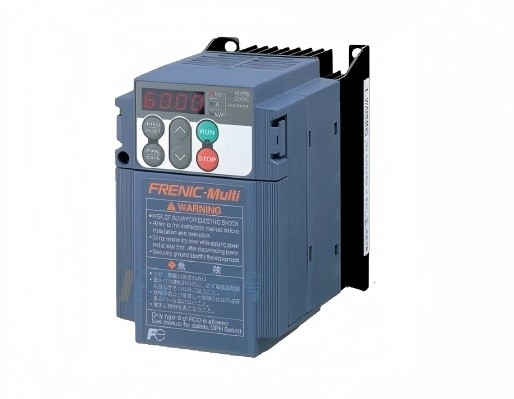
 010-64225983
010-64225983 +8613811814778
+8613811814778 info@zhongpingtech.com
info@zhongpingtech.com Building 26, Liyuan Community, Chaoyang District, Beijing, China
Building 26, Liyuan Community, Chaoyang District, Beijing, China